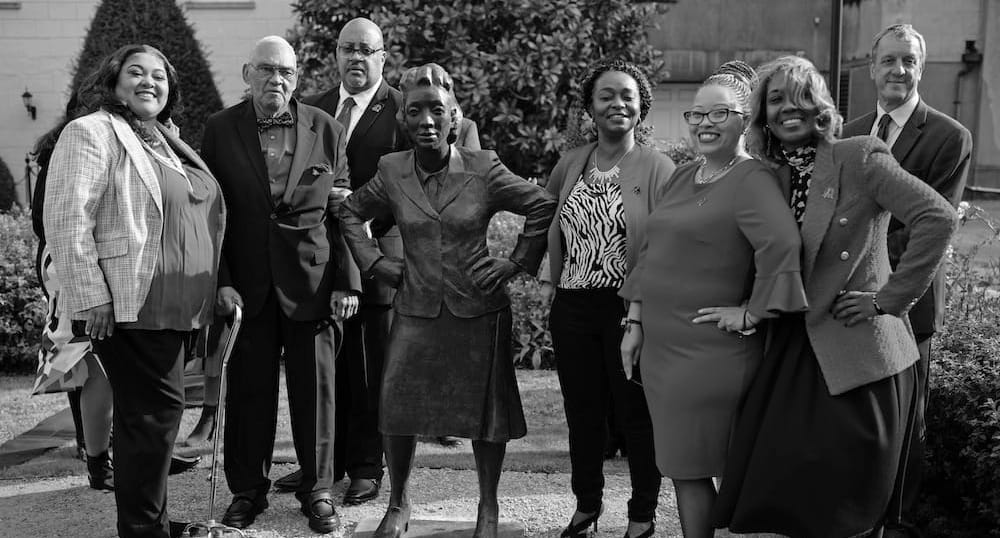Henrietta Lacks: A Moral Wrong That May Never Be Righted
Her name may not be a household name, but ‘HeLa cells’ from Henrietta Lacks's cervix changed the world.

On Jan. 29, 1951, a young woman named Henrietta Lacks visited The Johns Hopkins Hospital in Baltimore, complaining of painful vaginal bleeding. She was examined by a gynecologist named Dr. Howard Jones and the diagnosis was devastating: Lacks had a large, malignant tumor on her cervix. It was cancer.
Johns Hopkins was one of the few medical institutions in the U.S. at that time that treated low-income African Americans like Lacks, and she was able to begin treatment right away. And that's where the second part of this story begins.
Lacks’s medical records show that she initially underwent radium treatments—common for cancers at the time. But her records also show that—without her knowledge or consent—a sample of Lacks's cancer cells, collected during a biopsy, was sent to a tissue lab, managed by a Dr. George Gey.
What happened to Lacks’s cells in Gey’s lab would forever change the course of medical research. Her cells would be used over and over again in scientific experiments, vaccine development and, at various points, would even be sold by labs for financial gain. Today the world has Lacks (and her cells) at least in part to thank for the polio and Covid-19 vaccines; for research on Parkinson’s, AIDS, HPV, cancer and leukemia. Lacks's cells have been used to study the effects of zero gravity in space. They have, in short, fundamentally redefined the parameters of science.
But the taking of those cells for commercial gain demonstrates an exploitation of an individual, a breakdown of moral and ethical codes even despite the fact that medical consent was not really practiced at the time. (Indeed it was not even until the late 1950s that phrase was used.) Still by today’s standard it wouldn’t just be immoral, it would be illegal.





